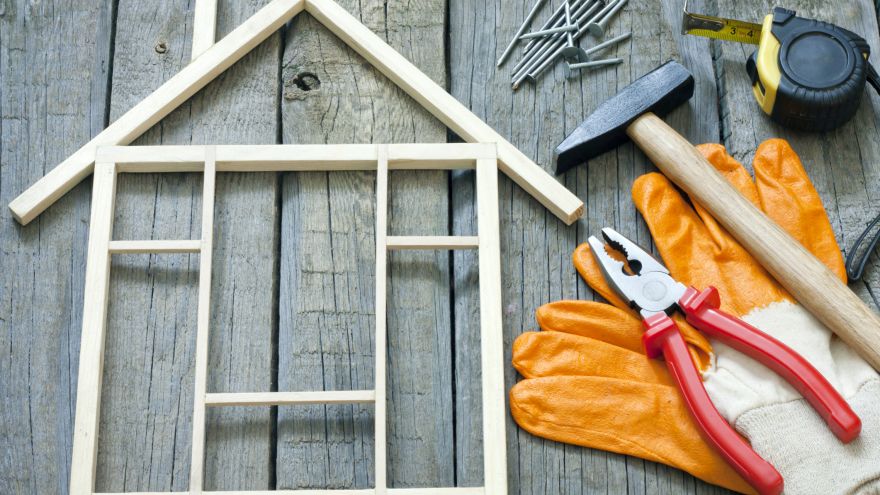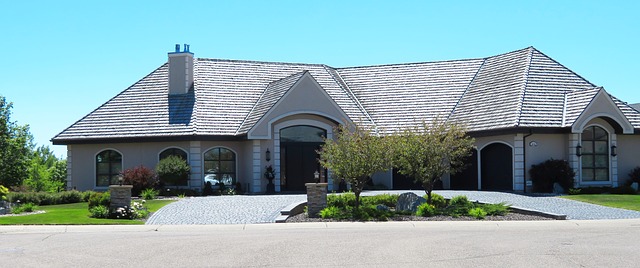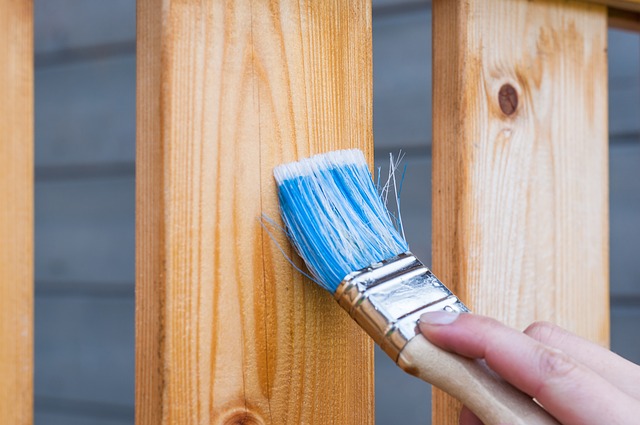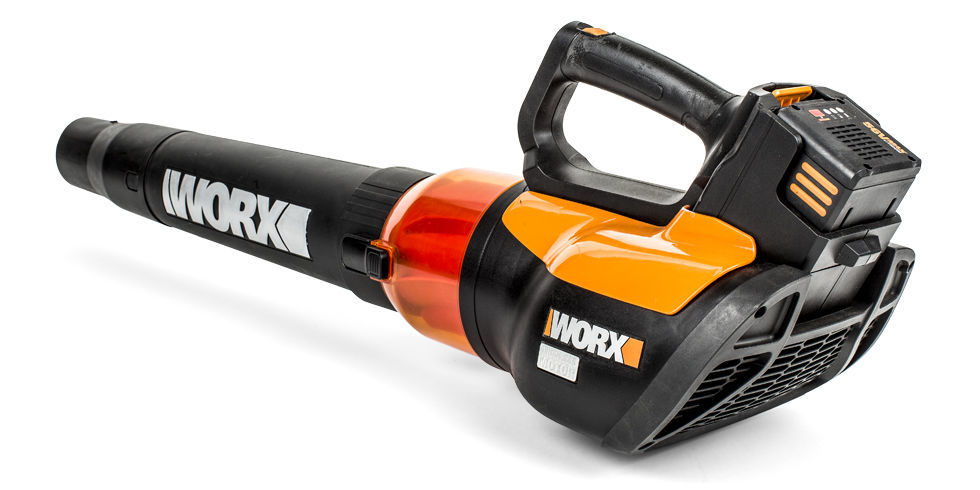- No Obligations
- Stop Paying Too Much For Your Contractor
- No Spam Calling
- Screened & ID Checked Contractors only!
Choosing Your Next Home Renovation Wisely
0
 Choosing Your Next Home Renovation Wisely
earlyexperts.net
Choosing Your Next Home Renovation Wisely
earlyexperts.net
The decision to renovate your home is a critical decision, and it can be expensive depending on your specifications and preferences. We usually think about renovating the home as something that makes us more comfortable or brightens up our living space. Consider adding a new bathroom or a fresh coat of paint. These renovations serve two purposes such as having the ‘wow’ factor which we adore to share with our family and friends and restoring life to our home. These remodels as well tend to add value to the price of a house, and citizens will speak about the return on investment that goes with them, that is, the home owner will compare the cost of the renovation to the increase in price if the house was eventually sold.
However, sometimes renovating a home would be much more significant to be considered, and it is the maintenance renovation, that is, ” to restore to a former better state.” This kind of reconstruction includes renovation like foundation repairs, new roof, painting, wiring, and insulation are normally renovations you can’t see and are normally the top priority of any house owner, regardless of the situation they are in.

What happens when a home owner is trying to sell his home?
It is generally known that a new kitchen can greatly increase the value of the home and has the best return on investment. It can be tempting to make the home more attractive and to rebuild this little profit maker first to attract more money if there are issues on any major or structural outstanding maintenance because a potential buyer will surely discover this issue when they perform a structural survey on the house. Depending on what the problem might be, there can be one of the few results: a request for the work to be completed and re-inspection at the homeowner’s expense, the demand for price reductions or a permanent withdrawal of the bid. It’s a difficult pill to swallow for the seller because typically the estimate of real estate to the home has not taken into consideration and the cost of this additional job, and still by having the job done, there seems to be an advantage in the term of increasing the value of the home. In fact, it may be that the assessment was too high in the first place.
There are usually home buyers who will not carry out the proper ground work, so the necessary maintenance renovations are omitted when the house is bought. The seller, if they are aware of the problem (as they frequently do), has gambled and “gotten away with one,” and the buyer has unknowingly taken on another person problems for the sake of the cost of a structural survey. A message to potential purchasers: always carry out a full structural survey except you are a professional in such matters because the additional short-term cost will be much less painful than finding significant issues and having to deal with the related frustration of unplanned expenditure after the purchase is completed.
So how can an average house owner know if there are maintenance renovations that need their attention?

There are several methods to find out, and sticking your head in the sand is not an alternative.
The first thing to do is to make use of your instinct. You most likely have a suspicion if the electrics might be a problem (for instance, when there’s a spark when you plug in electrical devices), or if there’s moist in the basement, or if there is insufficient attic insulation; after all, you’re the one who lives there. Take a look at the exterior of the home for any signs of worsening damage; are cracks bigger than you remember them? Do you have an effective water management system? Does the roof look patchy?
Back this up by pulling out the home inspection that you had done when you first bought the home and going over it again (after you’ve blown off the dust). Make a list of the possible issues and prioritize them into those that are urgently needed and those you can live with. A very basic risk assessment would look at each item and give it a score of high, medium or low for the two categories of likelihood and consequence. Those that come out high-high, high-medium or medium-high are the most urgent and should be dealt with first.
The next step is to confirm your suspicions.
It may be that you don’t need to do this if the problem is obvious – for example if every time it rains you have a bath because the bath fills up from a leak in the ceiling, (a high-high issue in most people’s books). A call to a roofer sooner rather than later would be in order. Similarly, there may be problems which you are not certain of such as noticeable cracks in the brickwork probably because of a sinking foundation. This would be classified in the medium-high group where the probability is not known but has a few supporting proof (the cracks), and the result is financially important (the house collapsing). In a situation such as this, or whatever your case might be where you are unsure of the cause of an effect, it’s time to consult with others. You may consider talking with family or friends who may have had similar issues, but this tends to leave more doubt as people’s natural reaction is to guess and err on the negative side.
It is much better to talk to an expert in the field you are concerned with – if it’s the roof, talk to a roofer; the brickwork, talk to a stonemason; an electrical issue, an electrician. Go about the process as if you intended to get have the work done (you may well have to) – get three quotes and therefore three separate opinions, and ask lots of questions. It may turn out that the cracks in the brickwork are merely superficial and become a high-low case, that is, the cracks are definitely there, but will cause no further problems. The low essential instances, in spite of the possibility, are generally aesthetic and can be resolved at any future time you wish. As for low probability instances, they must, in general, not make it to your list.

A note about the risk assessment: if there is an effect you are observing you will have to think about all the possible causes and rate them accordingly. For instance, a stain on the ceiling might be because of a leaky roof.
If it turns out that there is a major issue, don’t panic. Work on a plan and a timeframe to get it done. Talk to the contractor you choose to find out if the situation is urgent or can be sat on for a couple of months or even a year or so. Understand that the money you are spending is buying you peace of mind and saving you long-term financial worries.











